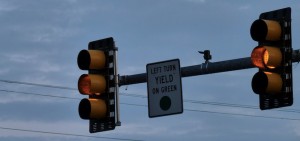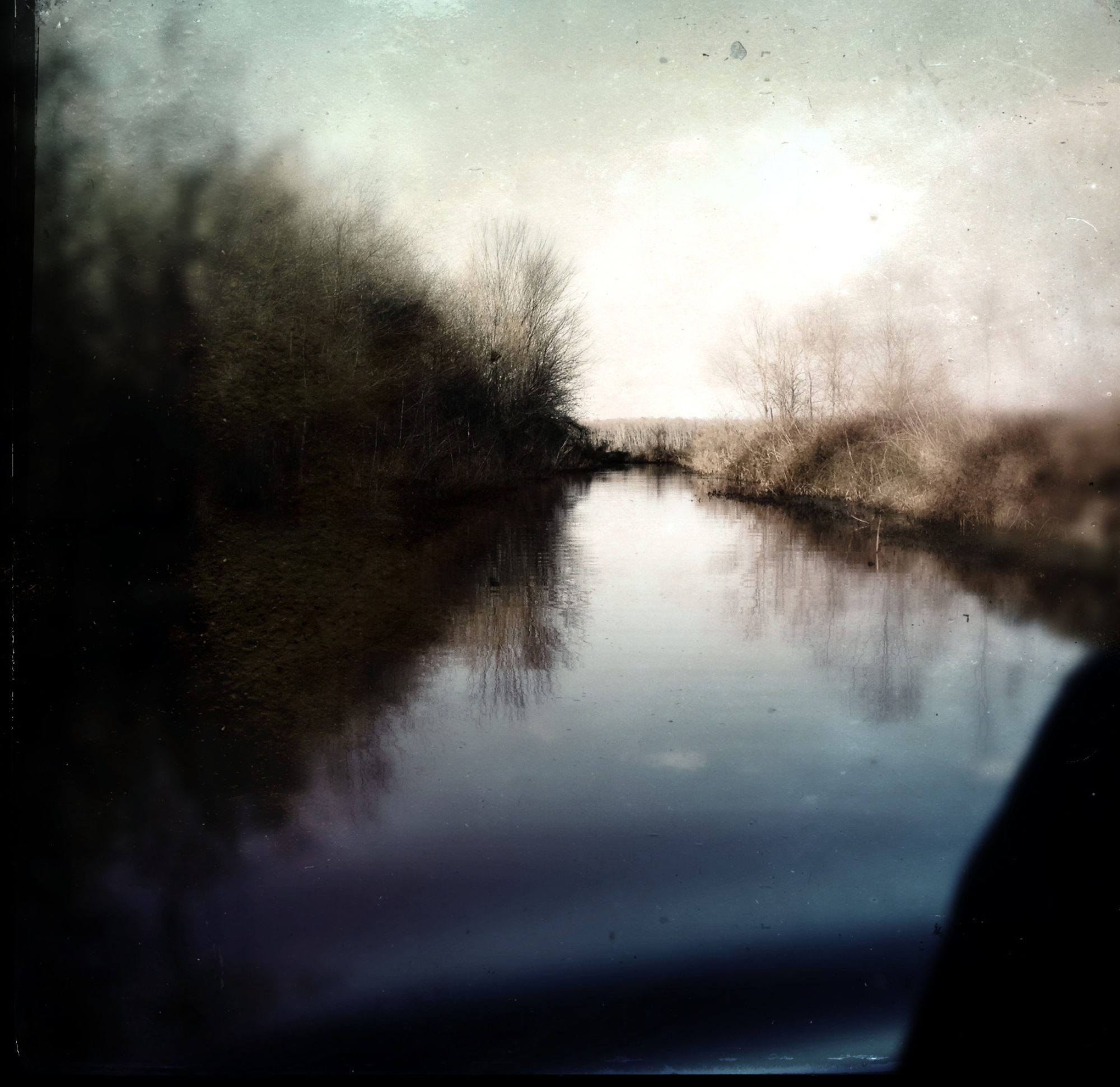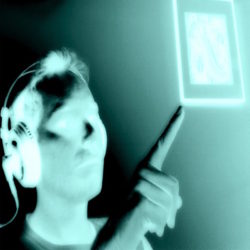 The first time I met Jesus he was wrapped up like a burrito. I was too late to be of any real assistance, but I got there as fast as I could. Considering we were in the wake of a dreaded “double yellow,” things could’ve been far worse. Jesus was humming quietly to himself in a post-thorazine daze, and the other patient, the one I had been busy wrapping up over on the adolescent boys unit, he would have to spend at least the next hour contemplating in the “quiet area.” Actually, when I left him he was screaming something along the lines of “I’m going to fucking kill you, you fucking cocksucker!” – while already wriggling free from the restraints. We did a rush-job on the wraps, misaligning the velcro strips in a couple of places, so it wasn’t surprising to see the kid pulling a Houdini as we locked the door. But as the only male staff in the building that night, I had to make a choice: spend another ten minutes rewrapping the kid, who was already safely deposited in the QA, or make haste to the gymnasium, where God-knows-what was going down.
The first time I met Jesus he was wrapped up like a burrito. I was too late to be of any real assistance, but I got there as fast as I could. Considering we were in the wake of a dreaded “double yellow,” things could’ve been far worse. Jesus was humming quietly to himself in a post-thorazine daze, and the other patient, the one I had been busy wrapping up over on the adolescent boys unit, he would have to spend at least the next hour contemplating in the “quiet area.” Actually, when I left him he was screaming something along the lines of “I’m going to fucking kill you, you fucking cocksucker!” – while already wriggling free from the restraints. We did a rush-job on the wraps, misaligning the velcro strips in a couple of places, so it wasn’t surprising to see the kid pulling a Houdini as we locked the door. But as the only male staff in the building that night, I had to make a choice: spend another ten minutes rewrapping the kid, who was already safely deposited in the QA, or make haste to the gymnasium, where God-knows-what was going down.
It’s bad enough hearing one “code yellow” called over the loudspeakers, as you never know what type of “psychiatric emergency” you might be in for. You always hope it’s followed by the words “child unit,” not because you’re happy a person under the age of twelve has gotten out of control, but because you know it will be relative easy to restore order. But if a yellow is called on the adolescent unit, you don’t know until you burst through the doors whether you’ll be dealing with a 13-year-old throwing a temper tantrum or a pair of 6-feet tall, 200 pound gang members beating each other with table legs. Fortunately, on this night, the youth in crisis was a wiry lad of 15, whom I could manage fairly easily aided by a pair of sturdy nurses.
An adult unit yellow is the most unpredictable scenario of them all. The crisis might be a 19-year old opiate addict trying to bust out of the place, and he or she may quickly calm down when the “show of force” arrives on the unit. Or it could be a 75-year old grandmother trying to hang herself with a bed-sheet. You just never know. A double yellow — two simultaneous crises –, especially on the weekend when staffing is at a bare minimum, is potentially a disastrous situation. Like this one night, when there were only two males in the building, myself and Charles, a big lug who works over on the adolescent boys unit. He and I were on the floor struggling mightily with a homicidally angry (and rather large) 18 year-old young man on the adult unit when a second code yellow was called back on adolescent boys. There was no way either of us could respond to the second code without leaving the other to be pummeled. It took us twenty minutes or so to get the guy into a locked, safe place where we could let him loose. By the time we arrived on the boys unit, the plexi-glass protecting the nurse’s station had been broken down. One nurse had been struck in the face with a three-hole paper puncher, her cheekbone shattered. The other nurse on duty was bleeding from her nose, having taken several punches to the face. It was a horrible scene, and Charles and I spent another half-hour rolling around on the floor making human burritos, desperately attempting to manage the chaos. We found out later that a few of the boys had been planning the assault for days, monitoring the cafeteria at meal times to see which staff people were on duty and thus who would be available to respond to code yellows. When Charles left the unit to respond to the adult yellow, the time was ripe for the boys to strike. “With Charles gone,” they must have surmised, “there would only be that little shit from the druggie unit on duty, and no doubt he’ll be busy helping Charles.” They were right. There was no one left who was strong enough to stop the carnage.
Fortunately, double yellows are rare, and the hospital is not always full of dangerous psychopaths. In any event, physical intervention is always a last resort, but there are nights you simply can’t avoid coming home with rug burns on your elbows and bloodstains on your pants. But again, on this night, when I first met the Son of God, things could have been much worse. After the first yellow, the wiry adolescent eventually succumbed to the effects of his forced injection before he could break through the outer “tortilla” restraint, and the second yellow had also ended peacefully, with Jesus humming himself to sleep. I didn’t see how the second yellow began, but I heard all about it in the adult nurse’s station while they were filling out the incident report. Apparently this man, intent on proving his divinity to each and all, had jumped up and grabbed the basketball rim during a friendly game of HORSE (a miracle in itself for someone no taller than five-seven), then somehow clambered up to a standing position, ten feet off the ground and about to take wing when his foot slipped through basket, enough that a fellow patient was able to grab hold and pull him down. Not one to give up easily, Jesus ran to other end of the court for another go, and things got yellow from there.
I say this was the first time I met Jesus. He and I would come to know each other quite well. That first time he introduced himself to me in the form of a short white guy in his twenties, with unbelievable hops. A few months later, his skin had turned brown and he had aged a couple of decades at least. Black Jesus — a name he invented himself and insisted upon –, he and I became especially good friends. The best of friends, really. Finally, just a few weeks before I left the hospital for good, Jesus checked in again, this time as a former psychiatrist, ironically the same psychiatrist who had treated the previous two incarnations of… well… himself.
Mysterious ways — that’s how the man works. That’s how he rolls. Me, I like to know what to expect, to know what I’m getting myself into. Back in the day, they used to call me Dr. Armstrong, the guy who would always come running when the call went out. These days, when two people are beating each other with table legs, I’m running away from the madness, not toward it.



























